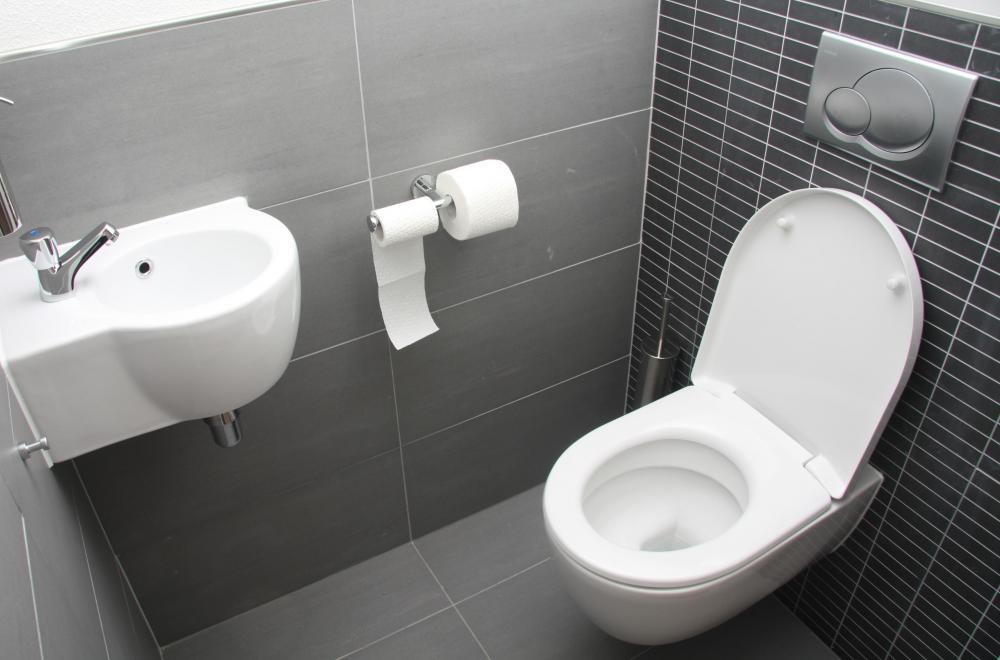At HomeQuestionsAnswered, we're committed to delivering accurate, trustworthy information. Our expert-authored content is rigorously fact-checked and sourced from credible authorities. Discover how we uphold the highest standards in providing you with reliable knowledge.
What Is the Difference between Modern and Antique Toilets?
Compared to toilets of the 21st century, antique toilets are generally similar in operation but very different in terms of refinement. They use far more water per flush, are more prone to breaking, and are more basic in design than modern units. While antique toilets may not be as efficient or reliable, owners of houses built in the same period may choose to keep them to maintain an original appearance and improve the value of their home.
Toilets referred to as antique typically date between the Victorian and World War II era. During this time, the most common toilets were based on siphon tank designs developed by Albert Giblin and popularized by Thomas Crapper, both Englishmen in the late 1800s. Known as high suite combinations, they had water tanks, known as cisterns, located overhead. A chain hanging from above functioned as the lever initiating the flush, releasing water from the cistern into the bowl.

Modern toilets share much in common with antique toilets. Both, for instance, include a 1775 invention by Scotsman Alexander Cummings known as the S-trap, which uses a constant supply of water to seal against sewage odors coming back through the toilet piping. They also still use a cistern tank, though it is generally located just above the bowl rather than overhead. Many such core feature have remained unchanged, and rather it is improvements in material and technology that mark the difference between old and new models.

Among the many improvements present on modern toilet designs is the ability to flush two different amounts of water depending on the need of the user. Dual-flush toilets are designed with conservation in mind and can flush either the standard amount of 1.6 gallons (6 L) or a fraction of that for liquid waste. Other advances include automatic flushing based on sensors that detect when a user moves away from the toilet and mechanisms that automatically replace a sanitary cover over the toilet seat after each flush.

Modern toilets are cheaper to operate, have more conveniences, and need maintenance less frequently than antique toilets. In a house with other antique fittings, keeping the old toilet may be worth it in terms of overall value. While repair of antique toilets can cost hundreds of dollars, particularly when hard to replace parts break, having all-period appliances in working order can add thousands to the price of a home.
AS FEATURED ON:
AS FEATURED ON:













Discuss this Article
Post your comments